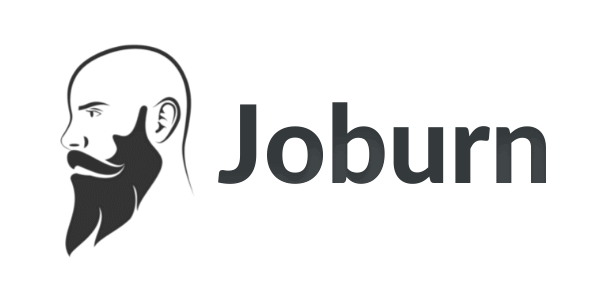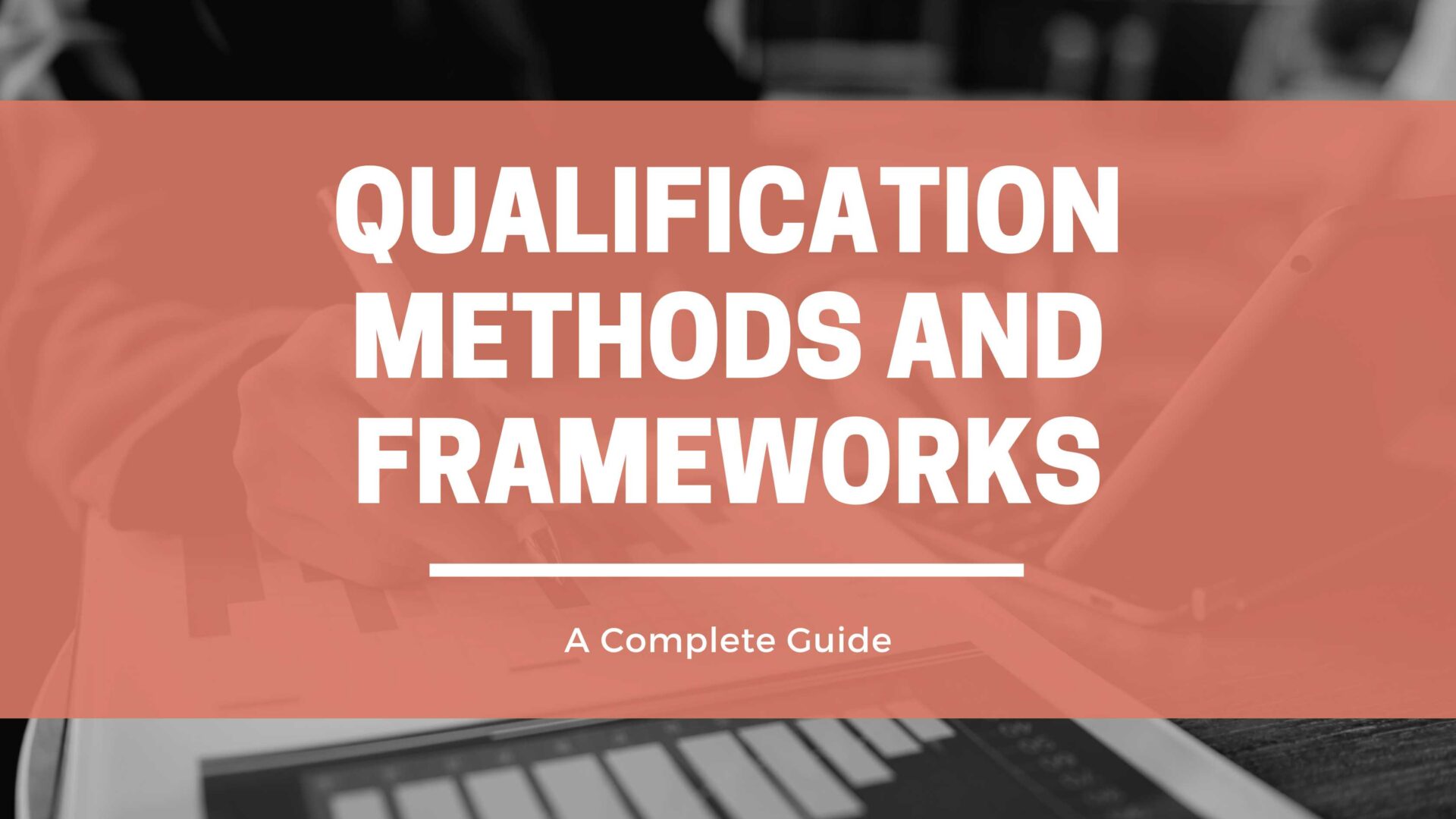Sales qualification is a critical part of the sales process, where potential customers are evaluated to determine whether they are a good fit for the product or service being offered.
What is qualification methods and frameworks?
Sales qualification methods and frameworks are used to assess the potential fit between a customer’s needs and a product or service being offered by a salesperson or company. The goal is to determine whether a customer is a good fit for a product or service, and whether the salesperson or company can provide the value and solution that the customer is looking for.
What is an example of qualification methods?
An example of a sales qualification method is BANT, which stands for Budget, Authority, Need, and Timeline. BANT is used to assess a customer’s readiness to purchase a product or service by evaluating their budget for the purchase, their decision-making authority, the degree to which they have a genuine need for the product or service, and their timeline for making a decision.
What is the importance of qualification methods?
The importance of sales qualification methods lies in their ability to help salespeople and companies focus their efforts on the most promising prospects, while avoiding wasted time and resources on customers who are unlikely to make a purchase. By qualifying prospects based on criteria such as their budget, authority, need, and timeline, sales teams can prioritize their efforts and engage in more effective and efficient sales processes, leading to higher close rates and greater overall sales success.
What are the types of qualification method?
There are several types of sales qualification methods that salespeople and companies can use to assess the fit between a customer’s needs and their product or service. Some common types include:
- BANT: As mentioned earlier, BANT stands for Budget, Authority, Need, and Timeline. This method is used to determine a customer’s readiness to purchase a product or service based on their budget, decision-making authority, level of need, and timeline for making a purchase.
- ANUM: ANUM stands for Authority, Need, Urgency, and Money. This method is similar to BANT, but places more emphasis on the urgency of the customer’s need for the product or service, as well as their ability to pay for it.
- MEDDIC: MEDDIC stands for Metrics, Economic Buyer, Decision Criteria, Decision Process, Identify Pain, and Champion. This method is a more comprehensive approach to sales qualification, and involves a series of steps to evaluate a customer’s needs, pain points, decision-making process, and other key factors.
- GPCT: GPCT stands for Goals, Plans, Challenges, and Timeline. This method focuses on understanding a customer’s goals and plans, as well as the challenges they face in achieving those goals, in order to determine the fit between their needs and a product or service.
- CHAMP: CHAMP stands for Challenges, Authority, Money, and Prioritization. This method is similar to BANT, but places more emphasis on the customer’s priorities and the challenges they face in addressing their needs.
What are the qualification methods and frameworks?
There are many qualification methods and frameworks that can be used in different contexts, including sales, employment, and education. Here are some examples of different qualification methods and frameworks:
Know your ICP
Know your ICP (Ideal Customer Profile): This method involves defining the characteristics of your ideal customer, such as their industry, company size, and pain points. By having a clear understanding of your ICP, you can focus your efforts on prospects that are most likely to become customers, while disqualifying those that fall outside of your target market.
Disqualify those outside your ICP
Disqualify those outside your ICP: This method involves quickly identifying and disqualifying prospects who do not meet your ICP criteria, in order to avoid wasting time and resources on leads that are unlikely to convert.
BANT
BANT: BANT stands for Budget, Authority, Need, and Timeline. This method is often used in sales to determine whether a prospect is ready to purchase a product or service, by evaluating their budget, decision-making authority, level of need, and timeline for making a purchase.
Pre-qualify with a quiz
Pre-qualify with a quiz: This method involves using a quiz or survey to pre-qualify prospects based on their interests and needs, before engaging with them further. This can help sales teams prioritize their efforts and personalize their sales approach to the needs of each prospect.
Qualify over the phone
Qualify over the phone: This method involves using phone calls to qualify prospects by asking questions about their needs and goals, and evaluating their readiness to make a purchase. This can be an effective way to quickly screen prospects and determine which ones are most likely to become customers.
Qualify over a demo
Qualify over a demo: This method involves using product demos to qualify prospects by showing them how the product or service can meet their specific needs and pain points. This can be an effective way to build rapport with prospects and demonstrate the value of your product or service.
How to learn qualification methods and techniques
Learning sales qualification methods and techniques can be a combination of practical experience, training, and education. Here are some tips on how to learn sales qualification methods and techniques:
- Read books and articles: There are many books and articles on sales qualification methods and techniques, written by sales experts and professionals. These can be a great starting point for learning the basics of sales qualification.
- Attend training sessions or workshops: Many organizations offer training sessions or workshops on sales qualification, which can provide hands-on experience and practical tips for improving your sales skills.
- Learn from experienced sales professionals: Mentors and colleagues who have experience in sales can provide valuable insights and guidance on sales qualification methods and techniques, based on their own experience and knowledge.
- Practice and role-play: Practicing sales qualification techniques and methods through role-playing exercises can help you develop your skills and become more comfortable with the sales process.
What is the difference between a method and technique?
As for the difference between a method and technique, a method is a systematic and organized way of approaching a problem or situation, while a technique is a specific tool or approach that is used to achieve a particular result within a method. In the context of sales, a qualification method may involve a series of steps for assessing a prospect’s needs and fit with a product or service, while a qualification technique may involve specific questions or tactics used to evaluate a prospect’s readiness to make a purchase.
What are the 5 requirements for a lead to be considered a qualified prospect?
The exact requirements and criteria for a lead to be considered a qualified prospect can vary depending on the company, industry, and specific sales process. However, here are some general guidelines on the 5 requirements for a lead to be considered a qualified prospect:
- Need: The lead must have a genuine need or problem that can be solved by the product or service being offered. This means that the lead must have a clear understanding of their pain points and be actively looking for a solution.
- Budget: The lead must have the financial resources to purchase the product or service being offered. This means that the lead must have a budget that aligns with the price range of the product or service.
- Authority: The lead must have the authority to make purchasing decisions on behalf of their organization. This means that the lead must be a decision-maker or have the ability to influence the decision-making process.
- Timing: The lead must have a specific timeline or sense of urgency for making a purchase. This means that the lead must be ready to make a decision and take action within a reasonable timeframe.
- Fit: The lead must fit the company’s ideal customer profile (ICP). This means that the lead must meet certain demographic, firmographic, and psychographic criteria that align with the company’s target market.
What are the 3 basic criteria used to qualify leads as sales prospects?
In terms of the 3 basic criteria used to qualify leads as sales prospects, these are often referred to as BANT:
- Budget: Does the lead have the financial resources to purchase the product or service?
- Authority: Does the lead have the decision-making authority to make a purchasing decision?
- Need: Does the lead have a genuine need or pain point that can be solved by the product or service?

